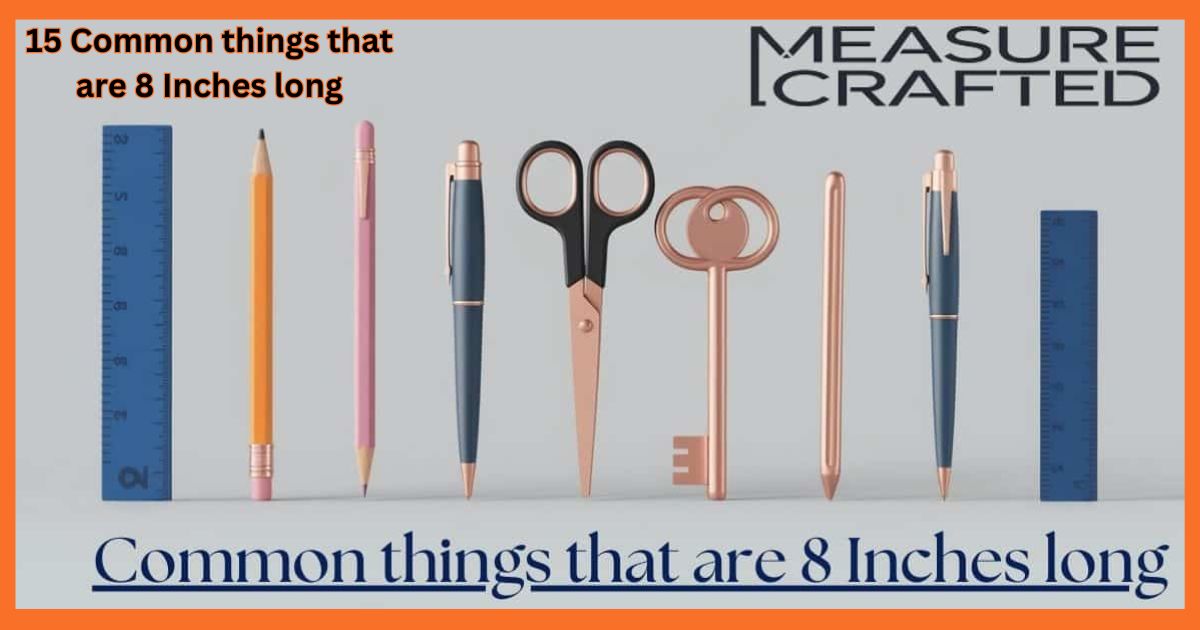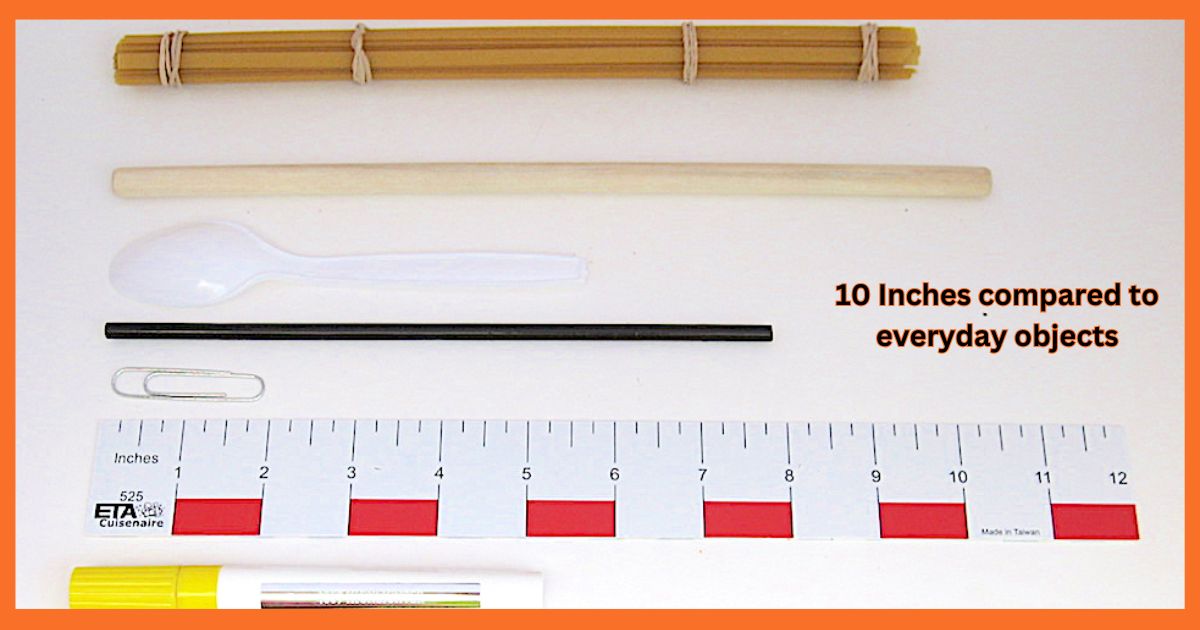When we think about distances, we often measure them in terms of miles, yards, or feet, but how familiar are we with exactly what a 100-foot stretch looks like in real life? Is it the length of a football field, a large city block, or something else?
Understanding this seemingly simple measurement can offer surprising insight into the world around us, helping you visualize and estimate distances you might encounter every day.
In this article, we’ll explore 12 fascinating objects and phenomena that measure 100 feet long, offering a detailed look at their significance in both practical and cultural contexts. By the end, you’ll have a deeper appreciation of this measurement and how it plays a role in various aspects of life.
How Long is 100 Feet?
To put it simply, 100 feet is equivalent to 33.33 yards or approximately 30.48 meters. For those of us who prefer more visual references, it’s the length of a typical basketball court (without the half-court line) or a little over the length of a standard school bus.
Understanding how long 100 feet is can be incredibly useful, whether you’re estimating the size of a building, navigating an outdoor space, or comparing it to familiar objects. Let’s take a closer look at 12 interesting things that are about 100 feet long.
1. A Standard Swimming Pool

A standard Olympic-size swimming pool is one of the most familiar objects that measures about 100 feet in length. These pools, often used for competitive events, typically measure around 164 feet long, but many backyard pools or community pools used for recreational purposes are closer to the 100-foot mark.
- Why This Length Matters: Understanding the dimensions of a swimming pool helps when planning for construction or estimating the amount of space needed for leisure and sports activities. This length can also influence the design of pool covers and heating systems.
- Interesting Fact: While the 100-foot swimming pool is popular in public pools, the shortest standard competition pool, used for smaller meets, is 82 feet long!
2. A Fire Truck Ladder

Fire trucks come equipped with large ladders, some of which extend to impressive lengths. A typical ladder on a fire truck may reach around 100 feet, which is critical for reaching higher floors of buildings during emergencies.
- Why This Length Matters: A 100-foot fire truck ladder is essential for saving lives in high-rise buildings. Fire departments use these long ladders to rescue individuals or to access fire floors in multi-story buildings.
- Interesting Fact: The tallest fire truck ladders can extend as high as 150 feet, offering firefighters even more capability in emergencies!
3. A Blue Whale

Did you know the blue whale, the largest animal on Earth, can grow up to 100 feet long? This marine giant can reach lengths far exceeding even the largest land mammals, making it a marvel of nature’s scale.
- Why This Length Matters: The blue whale’s size is not just impressive; it plays a crucial role in its survival. A large body helps with energy storage and the ability to dive deep for food. Understanding the blue whale’s size offers insight into the incredible scale of marine ecosystems.
- Interesting Fact: The tongue of a blue whale alone weighs as much as an elephant!
4. The Length of a Basketball Court
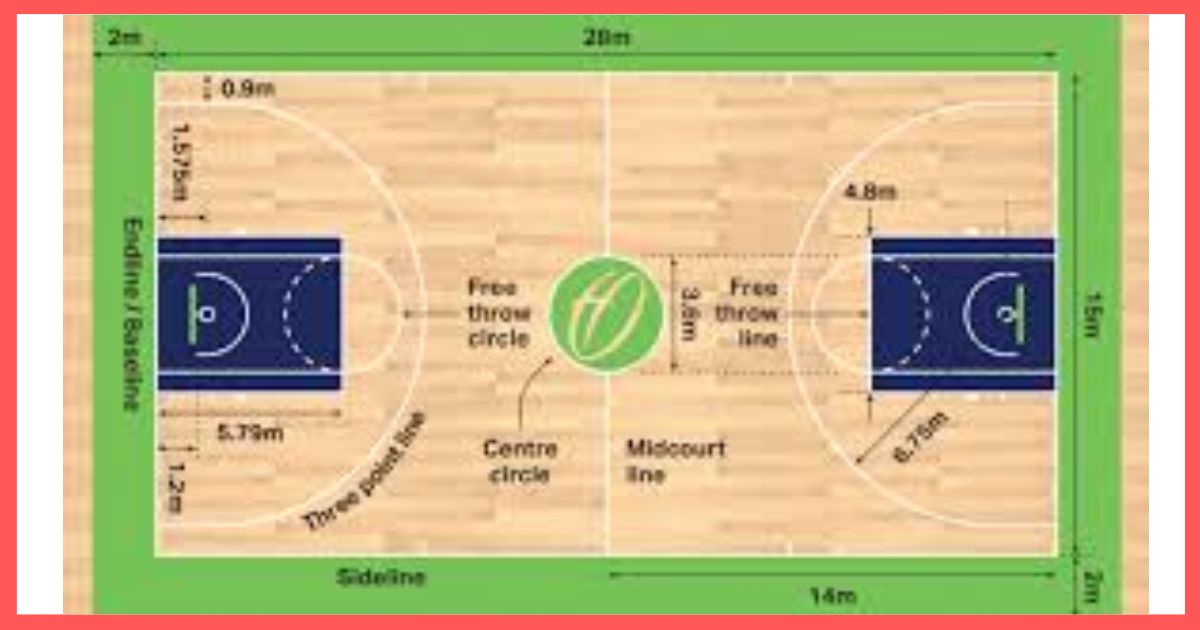
The regulation length of a basketball court in the NBA is 94 feet, but many high school courts extend slightly longer to 100 feet for extra space. This dimension allows players to move freely while offering an expansive arena for the fast-paced game.
- Why This Length Matters: For athletes, understanding the dimensions of a court helps with training, positioning, and gameplay strategy. The size impacts how plays are executed and how teams approach offense and defense.
- Interesting Fact: The largest basketball court ever made measured over 200 feet long! It was set up in China for an enormous charity event.
5. A Large School Bus

If you’ve ever driven behind a school bus, you’ve probably noticed how long they are. Most standard school buses measure approximately 40 to 45 feet, but the longest versions—particularly those designed for special transportation needs—can reach about 100 feet.
- Why This Length Matters: School buses are designed to be large for safety reasons, with ample space for children. Understanding the size helps drivers maintain safe distances while driving and is crucial for understanding road safety guidelines.
- Interesting Fact: The largest school bus ever built in the United States was 90 feet long, making it the longest non-extended version in the country!
6. A Tennis Court
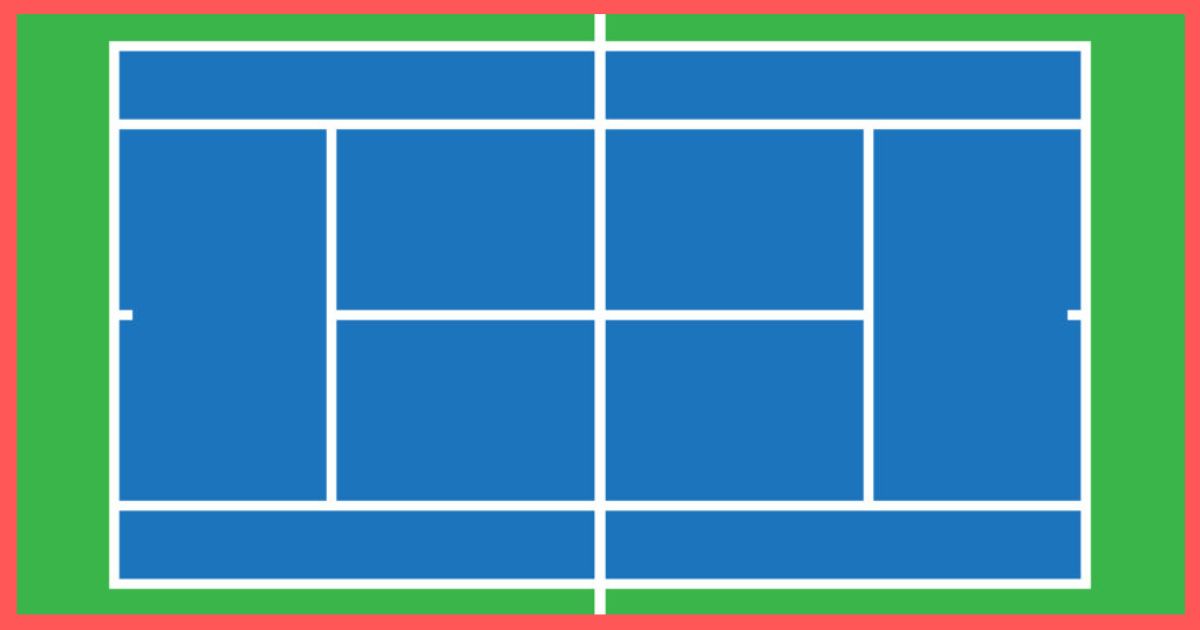
Although the standard tennis court is only 78 feet long, many tennis complexes and courts, especially those used for doubles games, extend to about 100 feet to give athletes more space. The extra length can also allow for specialized training courts.
- Why This Length Matters: Understanding the dimensions of a tennis court helps players improve their game by maximizing the use of space. For larger courts, understanding the difference can help in choosing the appropriate gear, such as tennis shoes and rackets.
- Interesting Fact: The longest professional tennis match ever played lasted 11 hours and 5 minutes and was played on a court that was about 100 feet long!
7. A Boeing 757 Airplane
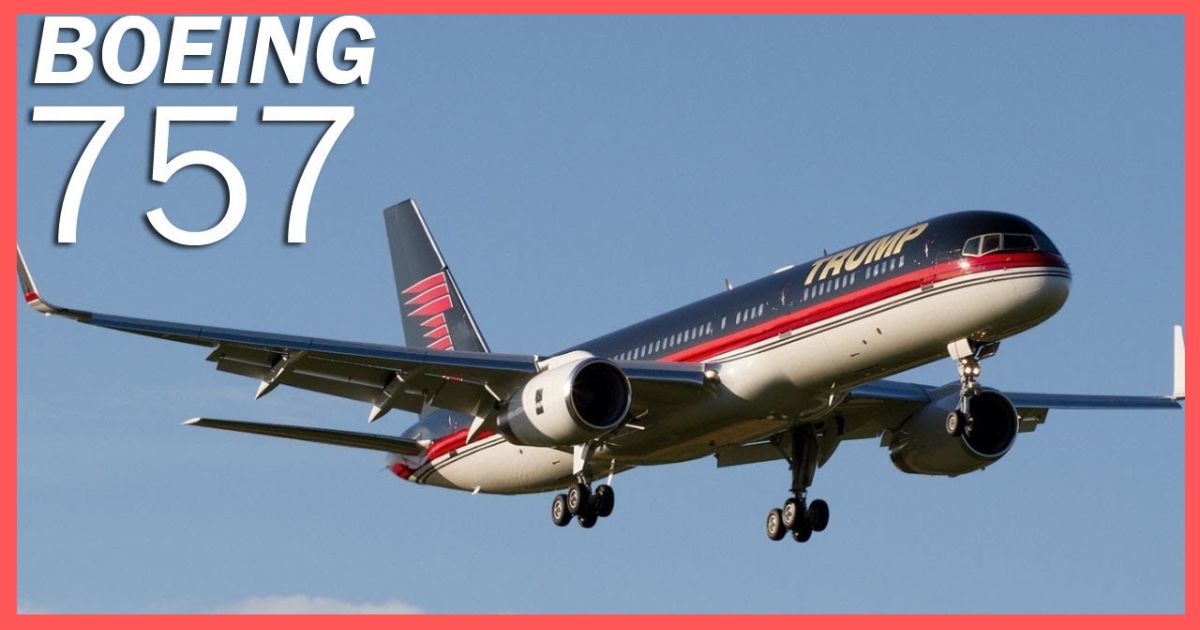
The Boeing 757, a popular medium-range commercial airliner, measures just over 100 feet in length, making it a significant size for aircraft that are often used for transcontinental flights.
- Why This Length Matters: This measurement is useful for understanding the size of the aircraft in relation to airport terminals and runways. It also gives insight into how much cargo and passenger space the plane can accommodate.
- Interesting Fact: The 757 is one of the most versatile aircraft ever built, able to land on relatively short runways and transport hundreds of passengers across great distances.
Read This Blog: https://mozydash.com/how-long-is-20-feet/
8. A Submarine

Military submarines, like those in the U.S. Navy, often measure around 100 feet long. This size allows for a good balance between maneuverability and operational efficiency, especially when navigating through oceans.
- Why This Length Matters: The length of a submarine is crucial for determining its submerged travel speed and its cargo capacity. A 100-foot-long submarine can carry a variety of weaponry and supplies.
- Interesting Fact: The longest submarines in the world are over 500 feet long and can carry nuclear weapons!
9. A Large Yacht

Luxury yachts and private boats are often around 100 feet in length. These yachts are used for both leisure and as mobile homes for the wealthy, offering multiple levels of space and comfort.
- Why This Length Matters: A 100-foot yacht offers extensive room for amenities like swimming pools, hot tubs, and lounges. Its length gives the boat stability on the water, which is crucial for long-distance voyages.
- Interesting Fact: The world’s largest yacht, “Azzam,” measures a staggering 590 feet in length, nearly six times the length of an average 100-foot yacht!
10. A Baseball Diamond’s Outfield

The outfield of a baseball diamond, which stretches approximately 100 feet from home plate to the fence in many parks, offers a challenging area for outfielders to cover during games.
- Why This Length Matters: This distance is critical for baseball players when calculating the speed and trajectory of a ball hit into the outfield. The ability to cover the 100-foot stretch efficiently is a key skill for professional and amateur players alike.
- Interesting Fact: The longest home run ever recorded was hit 582 feet, far surpassing the length of any outfield fence!
11. A Giant Sequoia Tree

The giant sequoia trees, found in California’s Sierra Nevada, can reach astounding heights of over 100 feet. These trees are some of the largest living organisms on Earth.
- Why This Length Matters: The size of these trees is important not just for biodiversity but also for understanding environmental health. The towering height contributes to their role in carbon sequestration and forest ecology.
- Interesting Fact: The tallest sequoia tree in the world stands at 379 feet, nearly four times the length of a 100-foot tree!
12. The Statue of Liberty’s Height

While the height of the Statue of Liberty, including its pedestal, is a famous symbol of freedom in the U.S., the statue alone stands about 100 feet tall. It’s a powerful representation of democracy and freedom for millions of people.
- Why This Length Matters: This measurement signifies the statue’s monumental presence, and it helps with historical context and the engineering marvel behind its construction.
- Interesting Fact: The torch of the Statue of Liberty stands at 305 feet above ground level, which is more than three times the height of the statue’s body!
13. A City Block

In many urban areas, a typical city block measures about 100 feet in length. These blocks are used to structure neighborhoods and are a common measurement when navigating through a city.
- Why This Length Matters: City blocks serve as the foundational unit for urban planning, helping to design streets, manage traffic, and establish locations for buildings and businesses. The 100-foot measurement is a practical reference for city dwellers and helps with orientation when navigating a new place.
- Interesting Fact: While a city block is often 100 feet, in some cities like New York, the size of a block can vary dramatically—some blocks stretch over 200 feet, while others may be shorter.
14. A Telephone Pole

The height of a standard telephone pole is often around 100 feet. These poles are used to carry telephone lines, electrical cables, and other essential utilities that service both urban and rural areas.
- Why This Length Matters: Telephone poles at 100 feet are crucial for maintaining communication and electrical infrastructure, especially in areas with large open spaces or long stretches of road. They help in providing power and connectivity to neighborhoods and businesses.
- Interesting Fact: The tallest telephone poles in the world can reach over 200 feet and are typically used in areas where underground utility lines are not feasible.
Read This blog: https://mozydash.com/how-big-is-14-inches/
Real-World Applications and Practical Measurement Tips
Being able to estimate or visualize 100 feet is useful in many real-world situations. When shopping for furniture, for example, understanding how long 100 feet is can help you judge the size of a room, determine how much space is available for a new couch, or estimate how far a certain piece of furniture might stretch in your living room. If you’re engaging in any DIY projects, from building fences to measuring outdoor spaces, this skill is invaluable.
A simple trick for estimating 100 feet is to use familiar objects. For instance, the length of a school bus (approximately 40 feet) means that 100 feet would be just a bit more than two school buses lined up end to end. Similarly, imagine a basketball court—it’s about 94 feet long, so you’re just a few steps away from the 100-foot mark.
Conclusion
Understanding the length of 100 feet and knowing the many objects that fit this measurement is more than just a fun fact. It’s practical knowledge that helps you navigate everyday life, whether you’re gauging space, calculating measurements, or appreciating the scale of the natural and built world around you.
Now, take a moment to look around your home or neighborhood—how many 100-foot objects can you find? This knowledge isn’t just theoretical—it’s tangible and helpful for many aspects of your daily life!

Rober max seo expert


